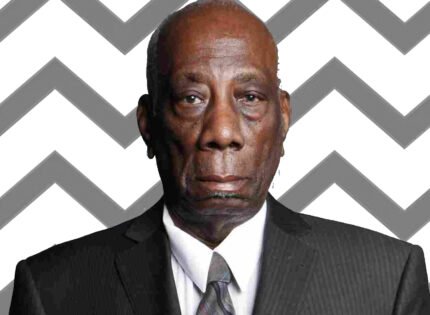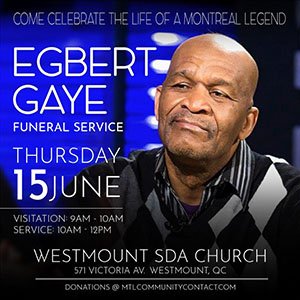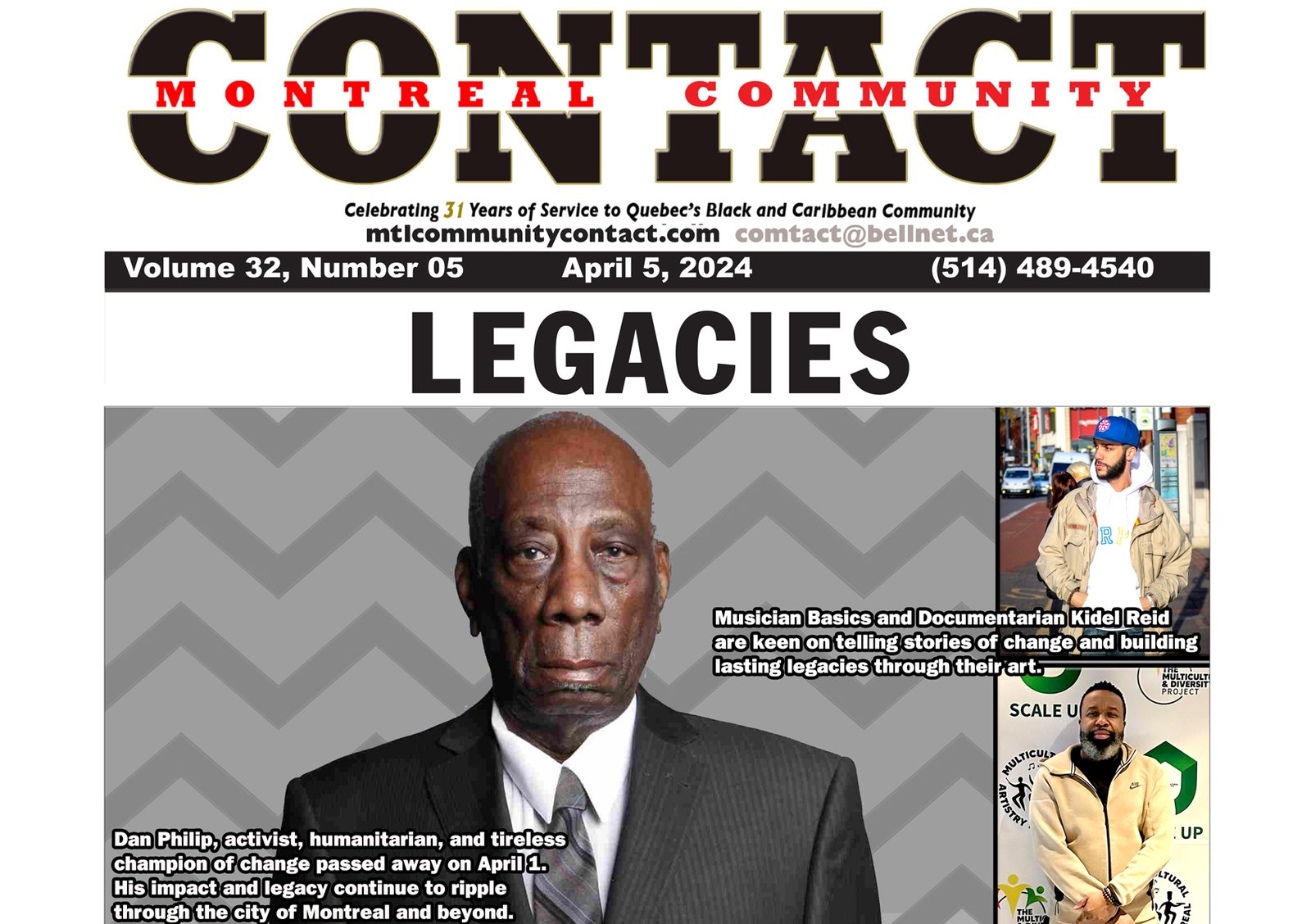
“In every society, the artist has an important role. They use their work to give voice (expression) to ideas and to change as well as to make what is invisible, visible,” so says Leon Llewellyn, artist and educator. “Art draws attention to things.”
He has taught art to high school students for more than 35 years and shared his talent in our community as an instructor and chronicler, who also made his mark on this city as a photographer and advocate.
For his work and his contributions, Llewellyn was recognized as one of 12 Black History Month laureates at the recent launching of this year’s celebrations.
The acclamation comes two years after he was honored by the Black Theatre Workshop with the Clarence Bayne Community Service Award.
Both commendations are apt recognition for a man who has maintained a life-long connection between his art and the community and continues to do so with his work at the Cote des Neiges Black Community Association where he serves on the board of directors and as an instructor to seniors.
Also he is ensuring the preservation of little pieces of our community’s history through the Leon Llewellyn Fonds, created by Concordia University Library’s Special Collections archives in 2019, which house and share his original drawings, photographs as well as other documentation and material.
Art has been part of Leon’s life from Day One, his dad is Eric Llewellyn, a preeminent artist and author in his native Grenada and here in Montreal.
For his part Leon says he hesitated following into his father’s footstep and flirted briefly with becoming an archeologist or paleontologist, but was nudged towards art by an insistent English teacher while he was at Northmount High.
He says his community involvement heightened when he was at Concordia University completing his fine arts degree during the period immediately following the Sir George William’s Affair, when the university’s computer room was destroyed following an extended period of unrest led by Black students who were protesting racial
discrimination.
One of his earliest community projects included a stint as a cartoonist with the then community magazine UHURU in the 1970s.
Along the way, he was also drawn to photography, which also allowed him to capture and document the myriad of events that were being organized as the community continued to evolve during a period heightened consciousness and racial reckoning of the 1970s.
His photo collection includes visits to Montreal by the iconic Angela Davis and Stokely Carmichael (Kwame Toure) as well many community leaders, who were prominent in their activism.
He also worked on projects with the Black Theatre Workshop, The Negro Community Center and the Black Community Central Administration of Quebec and other organizations.
Today, comfortable into his retirement, the 71-year-old remains a true believer that art is the basis of all human expression and is still excited about examining the relationship between art and experience.
In 2019, he created an original drawing for the promotion of the BCRC’s 100 Years of Living History and some of his cartoons were featured in the Protests and Pedagogy conference at Concordia University’s 4th space in February that year.
These days, as one of the founding members of the Black Art History Before the Internet: Montreal project, Llewellyn is working anglophone and francophone researchers, curators, artists, writers, educators and independent scholars to recognize, recuperate and disseminate the work of Canadian Black visual artists who were active before the mid 1990s.
As always he says, the connection between art and community remains his focus: the project fosters a sense of belonging and identity in our youth through the promotion of Black art, history, and culture while enhancing an understanding of the historical contexts of Black visual artists and art historians across Canada.















